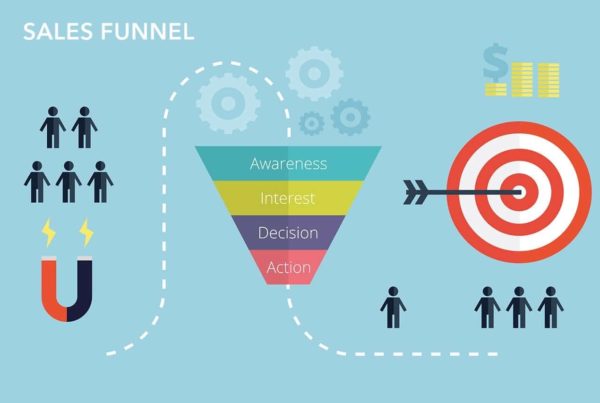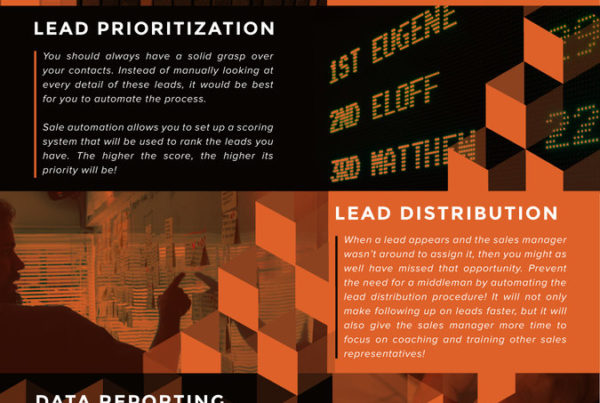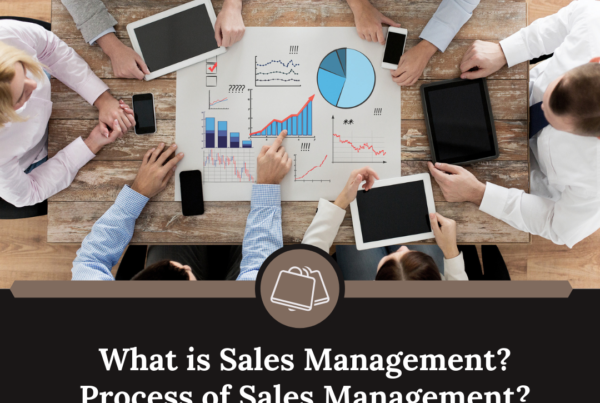Sales methodology is a component in the sales process that refers to the structure, theory, or general strategy that guides how a salesperson approaches each step of the sales process.
Sales methodology takes objectives and transforms them into actionable steps.
It is the actionable steps taken to actualize each stage of the sales process.
You may adopt a single methodology to govern your entire says process or adopt multiple methodologies for the specific sales process, depending on your market, product verticals, operational model or corporate identity.
Every company or business must develop its own unique sales methodology based on its market verticals, products, operational model because what works for company A may not work for company B.
A well-developed sales methodology ensures that you achieve your sales goals.
We are going to take a look at the top best sales methodology that will help you increase your organization sales:
The Challenger Sale
Matter Dixon and Brent Adamson in their book categorized salespeople into five classes.
These five classes of salespeople include : Relationship builders, Hard workers, Lone wolves, Reactive problem solvers, and Challengers.
According to them, the Challengers are the most successful class of salespeople, especially in the B2B market.
The Challengers represent 40% of the top-performing salespeople because they follow a process known as the teach-tailor-take control process. They use this process in closing sales deals.
They first teach their prospects about business problems, new ideas, and opportunities in their industries. Then, they tailor their thoughts to their prospects and offer effective individual solutions. Lastly, they take control of the sale by focusing more on the end goal.
Conceptual Selling
Conceptual Selling was developed by Stephen Heiman and Robert Miller.
It is developed on the idea that customers don’t buy a product or a service, they buy the solution the product or service provides.
Stephen Heiman and Robert Miller urge salespeople not to sell their product or service with pitch, instead, they should discover the buyer’s concept of their product and also understand the decision process of the buyer.
Here, a seller is not selling a product but selling the concept of the product to the buyer.
This methodology places emphasis on listening and asking questions.
This methodology hinges on getting information, giving information and getting a commitment.
As a salesperson, when you listen and ask questions, you will get information, give information and also get a commitment from your buyer.
Stephen Heiman and Robert Miller encourage salespeople to ask smart questions.
These smart questions fall into five categories namely: Confirmation questions, New information questions, Basic issue questions, Attitude questions and Commitment questions.
SPIN Selling
SPIN stands for Situation, Problem, Implication, and Need-Payoff.
These are the four types of questions salespeople should ask their buyers.
These questions identify buyer pain points and challenges. It also helps to build communication between salespeople and the buyer.
The Situation questions are questions aim to better understand the buyer’s current situation.
The Problem questions are questions aim to get to the bottom of the buyer’s problem.
The Implication questions are questions aim to make the buyer think about the consequences of not solving the problem.
Need-Payoff questions are questions aim at prompting the buyer to consider how things would change if the problem was resolved.
The goal of SPIN sell is to guide the buyer so that he/she will realize why purchasing a product or service is a good idea and the benefit of purchasing the product or service.
N.E.A.T Selling
N.E.A.T stands for Need, Economic Impact, Access to Authority, and Timeline.
It was developed by Harris Consulting Group and Sales Hacker Inc.
This methodology requires salespeople to identify core needs by looking deep into customer’s challenges, understand the value of the economic impact of the solution’s ROI, speak to individuals who can influence decision makers if you can’t speak to the decision makers yourself, and set a compelling timeline that will force your buyer into making a decision.
How will your product matter to your buyer?
What economic impact will your buyer see from buying your product?
Who are the decision makers and can you speak to them? If not, speak to those who can speak to the decision makers.
Create a timeline for your buyer to make a decision.
The Sandler System
This methodology treats salespeople and buyers as equally committed to the sales process.
The salesperson acts as an advisor and asks questions to identify the challenges in the qualification process.
It focuses on building mutual trust between the salesperson and the potential buyer.
The methodology emphasizes on building relationships, qualifying leads and closing deals.
Salesperson has an in-depth assessment of the buyer’s needs and an accurate analysis of the buyer’s situation.
When the solution does not exactly match the problem of the buyer, the salesperson should stop further engagement with the buyer.
The Sandler Selling System overturns the traditional sales process to some extent.
While sales the idea that potential buyers ought to be sought after and persuaded by salespeople, the Sandler philosophy expresses that the two parties ought to contribute equally in the sales process.
Sandler advises salespeople to first access the sales process so that they can ascertain any constraints that may hinder the closing of sales deals, such as budget and time. This is to prevent wastage of time, effort and resources.
In the case that the salesperson found out that his product won’t exactly solve the need of the buyer, and a sales deal is most likely not foreseeable, the salesperson should abandon the process.
In this situation, rather than convincing the buyer to buy, the buyer is now the one that will be convincing the seller to sell.
SNAP Selling
SNAP stands for Simple, iNvaluable, Align, Priorities.
It was developed by Jill Konrath, who identifies three critical decisions in the sales process.
First, is to allow access, the choice to move away from the status quo and lastly, to change resources.
This is a methodology with the aim of bringing salespeople to the same level as the buyer and to be more effective in keeping sales deals on the right track.
With this methodology, salespeople will be able to reach busy buyers who have valuable knowledge, and connect what they are selling with the most important issue of the buyer. This makes it easy for the buyer to buy.
MEDDIC System
MEDDIC stands for Metrics, Economic Buyer, Decision Criteria, Decision Process, Identify Plan, Champion.
This methodology comprises of highly disciplined, technology-driven and effective regulated approach to the sales process.
MEDDIC sets a quantitative standard for lead qualification, requires the search and nurturing of the best individual in an organization who speak on behalf of the seller’s product and the solutions the product will effect.
To discover the appropriate responses, ask yourself or potential buyer;
- Metrics: What’s the financial effect of the circumstance?
- Economic purchaser: Who controls the fitting spending plan?
- Decision criteria: What are the formal assessment criteria the association is utilizing to pick a merchant?
- Decision process: How will the association pick a merchant?
- Identify Plan: What is the trigger occasion and money related outcome of the issue?
- Champion: Who is selling for your benefit?
Inbound Selling
This methodology allows salespeople to meet their buyers where they are.
In this methodology, four actions are taken by salespeople which include;
Identify – Inbound salespeople prioritize active buyers, as opposed to passive buyers. Active buyers are those that have visited the company website, began a live talk, fill forms, sign up, or engage in any active activities.
Connect – Inbound salespeople connects with potential buyers with a customized message through their blog, web-based social networking accounts, or in-person occasions.
Explore – Salespeople explore by communication with potential buyers, know their problems and needs.
Advise – This is where salespeople give advice to their potential buyers based on what they have discovered about their problems and needs. They also make the potential buyer know the solution their product can provide and how it will benefit the potential buyer.
Customer-Centric Selling
This sales methodology promotes meaningful communication with potential buyers so as to identify their needs and also find solutions on how to solve their problems.
What the salesperson does is to target key decision makers and ask them questions to better understand their situations so as to offer relevant solutions and meet their needs.
The methodology focuses on the challenges, goals, and convenience of the potential buyer.
The sales processes are modified to suit the objectives, situation, and schedule of the potential buyer.
Solution Selling
This methodology identifies the benefits the solution will generate for a buyer.
It focuses on the benefits, impacts, and relevance of the solution.
The buyers are more informed and salespeople can better meet the buyers at the point of their needs.
With this methodology, salespeople are able to identify the buyer’s pain point and provide a product that will exactly meet the needs of the buyer.
This methodology focuses on first understanding the problem of a potential buyer and then providing a product that will solve that problem.




